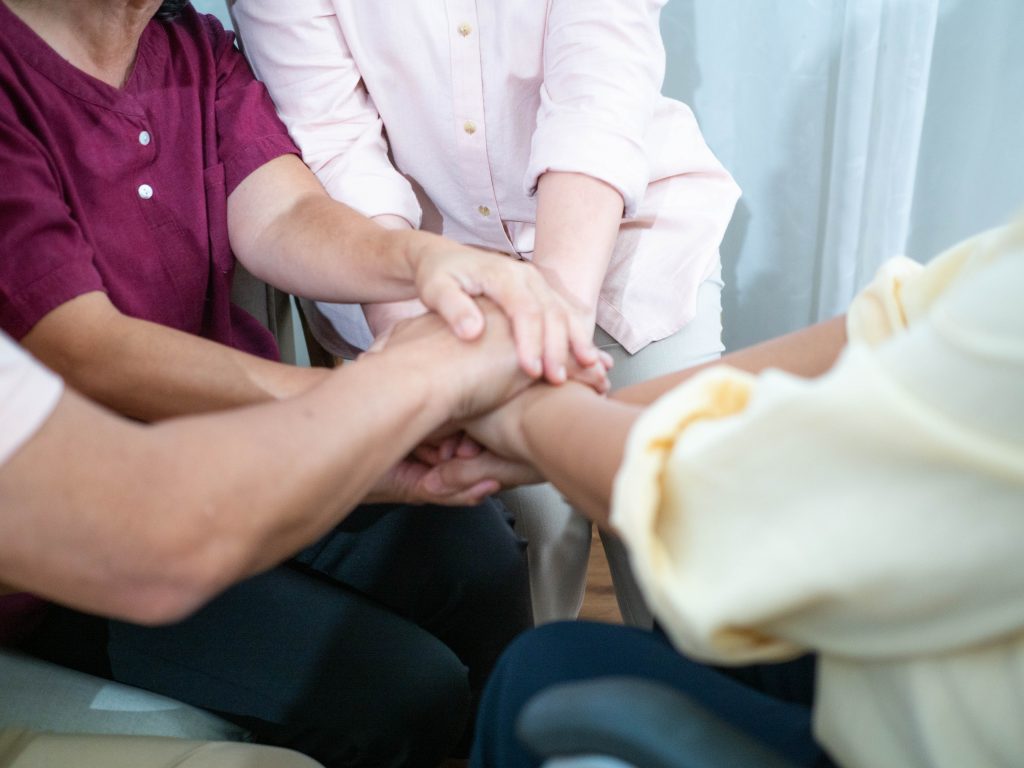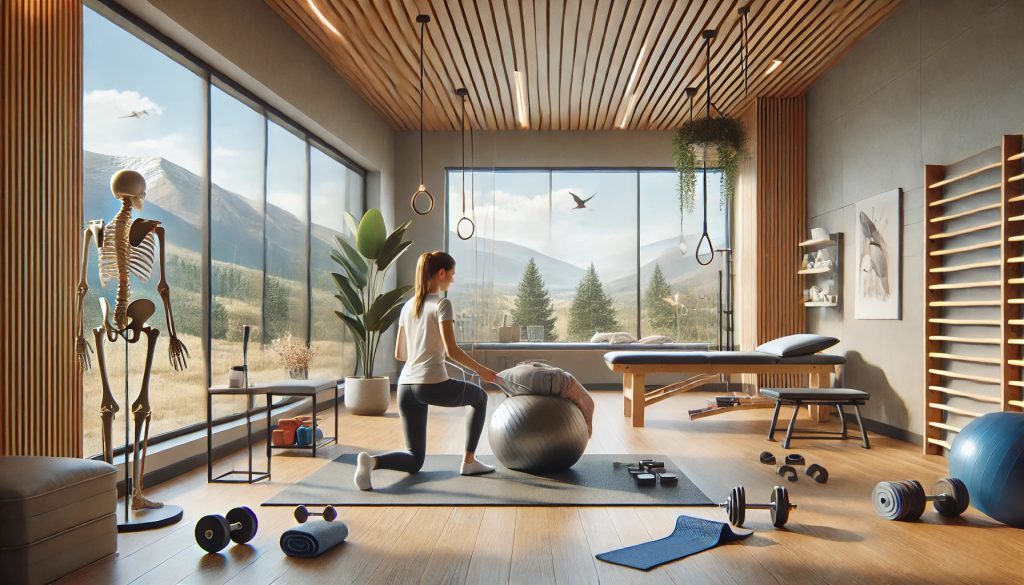Introduction
Embarking on your first manual therapy session can be both exciting and a bit daunting. Whether you’re seeking relief from pain, recovering from an injury, or looking to improve your overall mobility, understanding what to expect can help you feel more comfortable and prepared. This article will guide you through everything you need to know about your first visit to a manual therapist, including preparation, types of treatments, and follow-up care.
Preparing for Your First Session
Initial Consultation
Before your first manual therapy session, you’ll typically have an initial consultation. This is an important step where the therapist will gather information about your medical history, current symptoms, and treatment goals.
Medical History and Background
Be prepared to discuss your medical history, including any previous injuries, surgeries, and current medications. This helps the therapist understand your overall health and tailor the treatment to your specific needs.
Setting Goals
During the consultation, you and your therapist will set clear goals for your treatment. Whether it’s pain relief, increased mobility, or recovery from an injury, having defined objectives helps guide the therapy process.
What to Wear
Comfortable Clothing
Wear comfortable, loose-fitting clothing that allows easy movement. Depending on the area being treated, you might be asked to wear shorts or a tank top. The key is to ensure you can move freely and that the therapist can easily access the treatment area.
During the Session
Assessment and Evaluation
Your first session will begin with a thorough assessment and evaluation. The therapist will observe your posture, movement patterns, and may perform specific tests to identify areas of concern.
Posture and Movement Analysis
The therapist will assess your posture and how you move. This helps identify any imbalances or dysfunctions that might be contributing to your symptoms.
Range of Motion Testing
Testing your range of motion in different joints helps the therapist understand your current limitations and areas that need attention.
Types of Treatments
Manual therapy encompasses a variety of techniques. Here are some common treatments you might experience during your session:
Joint Mobilization
This technique involves passive movement of specific joints to restore normal movement patterns. It’s often used to treat joint stiffness and pain.
Soft Tissue Techniques
These techniques focus on the muscles, fascia, and other connective tissues to reduce tension, increase blood flow, and promote healing.
Types of Soft Tissue Techniques
- Myofascial Release: Applying sustained pressure and elongation to the myofascial connective tissue to eliminate pain and restore motion.
- Trigger Point Therapy: Targeting specific areas of muscle tightness (trigger points) that can cause pain in other parts of the body. H3: Muscle Energy Techniques (MET)MET involves the patient actively contracting a muscle against a counterforce applied by the therapist. This helps mobilize joints and relax muscles.
How MET Works
The therapist positions the patient so that the muscle to be treated is stretched to the point of resistance. The patient then contracts the muscle against the therapist’s resistance for a few seconds, followed by relaxation and a further stretch.
Other Techniques
- Stretching: Gentle stretching to improve flexibility and reduce muscle tension.
- Traction: Applying a gentle pulling force to decompress joints and relieve pain. Instruction in a home program to help progress your recovery between sessions and educate you on ways to manage your condition on your own. This is a very important component that can be empowering.
Communication with Your Therapist
Importance of Feedback
During your session, communication with your therapist is key. Providing feedback about what feels comfortable or uncomfortable helps the therapist adjust the treatment to your needs.
Pain and Discomfort
It’s normal to feel some discomfort during certain manual therapy techniques, but it should never be painful. Always let your therapist know if you’re experiencing pain.
Questions and Concerns
Don’t hesitate to ask questions or express any concerns you have about the treatment. Your therapist is there to help you understand the process and feel comfortable.
After the Session
Immediate Aftercare
After your session, you might feel some soreness or mild discomfort, similar to what you might experience after a workout. This is normal and should subside within a day or two.
Hydration and Rest
Drink plenty of water and rest to help your body recover from the session. Staying hydrated helps flush out any toxins released during the treatment.
Follow-Up Appointments
Your therapist will likely recommend a series of follow-up appointments to monitor your progress and make any necessary adjustments to your treatment plan.
Long-Term Benefits
Pain Relief
One of the main benefits of manual therapy is pain relief. Regular sessions can help reduce chronic pain and improve your overall quality of life.
Improved Mobility
Manual therapy can help restore normal movement patterns, making everyday activities easier and more comfortable.
Enhanced Healing
By improving blood flow and reducing inflammation, manual therapy can enhance the body’s natural healing processes.
Conclusion
Your first manual therapy session is the beginning of a journey toward improved health and well-being. By understanding what to expect and actively participating in your treatment, you can make the most of this valuable therapeutic approach. If you’re ready to experience the benefits of manual therapy, contact Manual Therapy Associates to schedule your first session.
Check out our Facebook for more inquiries.
FAQs
How long is a typical manual therapy session?
Sessions usually last between 30 to 60 minutes, depending on your specific needs and treatment plan.
Can I do manual therapy if I’m pregnant?
Yes, but it’s important to inform your therapist if you’re pregnant. They can adjust the techniques to ensure safety and comfort.
How soon will I see results from manual therapy?
Results vary from person to person. Some people experience relief after just one session, while others may need several sessions to see significant improvement.
What should I do if I feel sore after a session?
Soreness is normal after a manual therapy session. Rest, hydrate, and apply ice or heat as needed. If the soreness persists or is severe, contact your therapist for advice.





